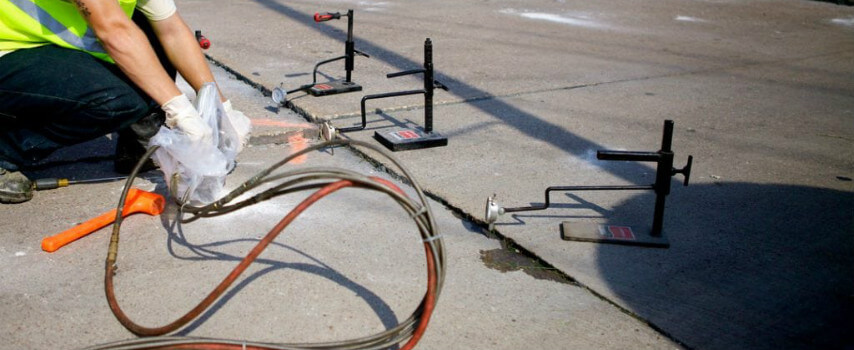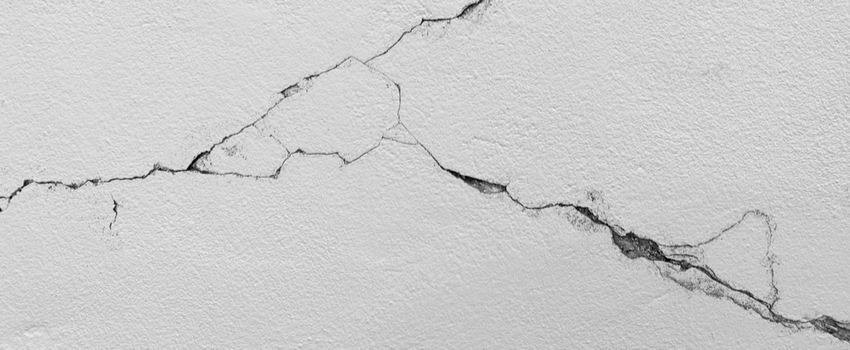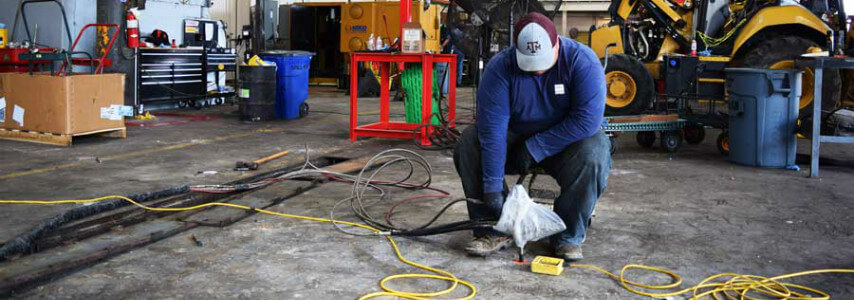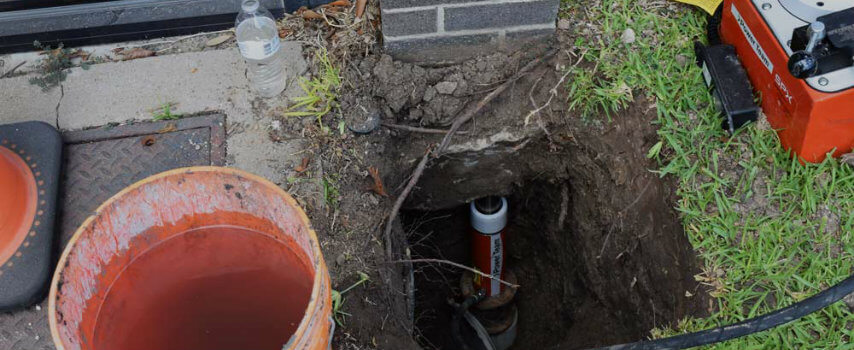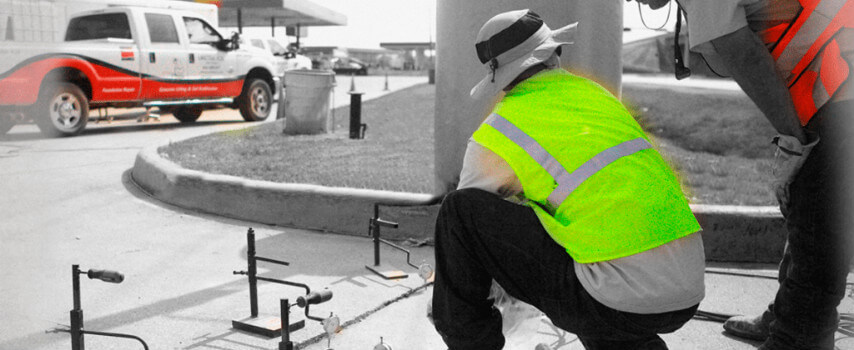Whether you’re a homeowner, property manager, or prospective property buyer, you’ll want to keep an eye out for any signs of problems in the foundation of a property. Foundation problems and extreme settling can compromise the structural integrity of your building and can cost thousands of dollars in repair costs if they are not detected early enough.
If you’re already facing foundation problems, this article will discuss the most effective foundation repair methods and how to repair foundations for residential and commercial structures before it’s too late.
What Is Foundation Repair?
Foundation remediation aims to repair the damage in a building’s foundation to prevent further deterioration. But how to do you recognize when foundation repair is needed?
There are several causative factors for foundation problems. However, the most prominent factor is soil disruption by moisture or water. If you live in an area prone to wide variations in humidity such as high volumes of rainfall or heavy snowing during winter, or you recently detected an internal plumbing leak, the excess moisture can seep into our foundation and cause damage.
Early signs of foundation issues include pronounced or horizontal cracks in the walls or moisture and mold with accompanying odors. If you notice any of these issues in your building, employing the services of a Houston foundation repair company or consulting a structural engineer can help to prevent widespread damage.
It’s not uncommon for commercial foundations to need occasional repairs. If caught early enough, repair costs can be minimal. However, waiting until you can’t ignore the problem can jeopardize the building’s structural integrity and significantly increase repair costs.
Causes of Commercial Foundation Issues
Commercial foundation issues are often caused by soil problems, but it’s not the only reason. Some other common issues are:
- The soil is over-saturated
- Structural weight is bearing down on the foundation
- Soil is shrinking due to a lack of ground moisture
- Yard run-off is improperly draining (poor drainage)
- Gutter downspouts are in the wrong place
- Tree roots are growing underneath the foundation
- Plant and tree roots are depleting the soil of moisture
- Landslides caused by heavy rains
- Interior or exterior plumbing leaks
- Poor slab construction
Routine foundation inspections will help you spot any issues before they turn into expensive repairs.
Signs of Commercial Foundation Problems
During your foundation inspections, you want to look for a few common signs that often indicate you have a problem. Here are a few things you want to keep an eye out for.
- Cracks in the walls and ceiling
- Floors that are uneven or sloping
- Cracks in the slab
- Door frame is pulling away from the wall
- Windows are leaning or bowing out
- Doors and windows don’t open or shut easily
- Gap between the foundation and wall
- Foundation is flacking, chipping, or crumbling
- Foundation is sinking, moving, or shifting
- Soil is pulling away from the foundation
These are warning signs indicating there is a potential problem with the building’s foundation, and it is time to call in the professionals for repairs.
6 Foundation Repair Methods
Pier & beam and concrete slab foundation repair methods utilize a variety of materials, equipment, and techniques to restore structural integrity. Below are six of the best foundation repair techniques to solve your property integrity woes:
1. Polyurethane Foam Jacking
This foundation repair process uses polyurethane foam material to lift and support a sunken concrete slab foundation. It is one of the most effective foundation stabilization methods which can fill voids in the foundation or underlying soil structure.
How to Fix Cracked Slab Foundations with Foam Injection
To perform the repair process, the technician drills ⅝” holes into the affected concrete slab and injects the material under the slab using a delivery port attached to an injection gun. Within seconds of injection, the material expands, raising the concrete and aggregating loose soils.
For the best slab foundation repair and alternative foundation repair methods, use URETEK Gulf Coast’s home foundation repair in Houston.
2. Concrete Pressed Piling
Concrete pressed piles (or concrete cylinders) are a house foundation repair technique commonly employed in Texas and other states.
Understanding how to fix foundations with this type is relatively straightforward. Concrete cylinders with dimensions of 6” diameter and 12” height are driven into the soil below the foundation to stabilize it. Depending on the weight of the structure and soil conditions, foundation repair contractors may utilize a string of 8 or more concrete piles before reaching soil strong enough to support the structure. The aim is to drive the piles in deep enough contact soil with high load-bearing ability.
Pressed piling is one of the most common methods of foundation repair in Greater Houston. URETEK ICR Gulf Coast performs pressed piling foundation repair to reliably fix foundation issues.
3. Steel Piers
Using steel piers in foundations is one of the best foundation repair techniques to arrest settlement or instability. Each pier section is a galvanized steel pipe attached to a hydraulic jack. To perform foundation repairs, a hydraulic torque motor drives the piers below the foundation until it reaches stable soil.
Then, the hydraulic jacks are used to lift the foundation back to the ideal elevation.
4. Helical Piers
A helical pier is a steel pier with helical threaded sections that allow it to be screwed into the ground. They are utilized where the underlying soil structure is difficult to bore into using conventional piers.
To perform foundation repairs, several helical piers and screwed below the foundation until they sit on top a solid under the structure that will bear the weight of the building. The helical piers are distributed at regular intervals to distribute the weight of the building evenly.
5. Concrete Piers
Concrete piers are designed with reinforced concrete and provide stability for foundations to prevent sinking or settlement.
To repair a foundation with concrete piers, the contractor drills several cylindrical holes below the foundation up to a suitable depth. Then, liquid concrete is poured into the clearance in the foundation to keep it in place. After the poured concrete pier has hardened and cured, crews lift the building to an appropriate elevation using jacks and shim the building.
6. Slabjacking/Mudjacking
Slabjacking or mudjacking is an effective technique for preventing foundation sinking or settlement in slab foundations. To carry out repairs with mudjacking, several holes are drilled into the foundation at regular intervals. A mixture of water and solid materials or polyurethane foam is injected into the foundation which compacts the underlying loose soil. The holes are then plugged.
If your property is located in Houston, contact URETEK Gulf Coast today for polyurethane foam jacking repairs.
Contact URETEK Gulf Coast Today for Expert Foundation Remediation in the Greater Houston Area
URETEK Gulf Coast offers several long-lasting repair options for residential and commercial foundation repair in Houston, TX. We have been providing exceptional customer service and long-lasting solutions for nearly 20 years.
For more information about our award-winning foundation repair, contact us online today.

